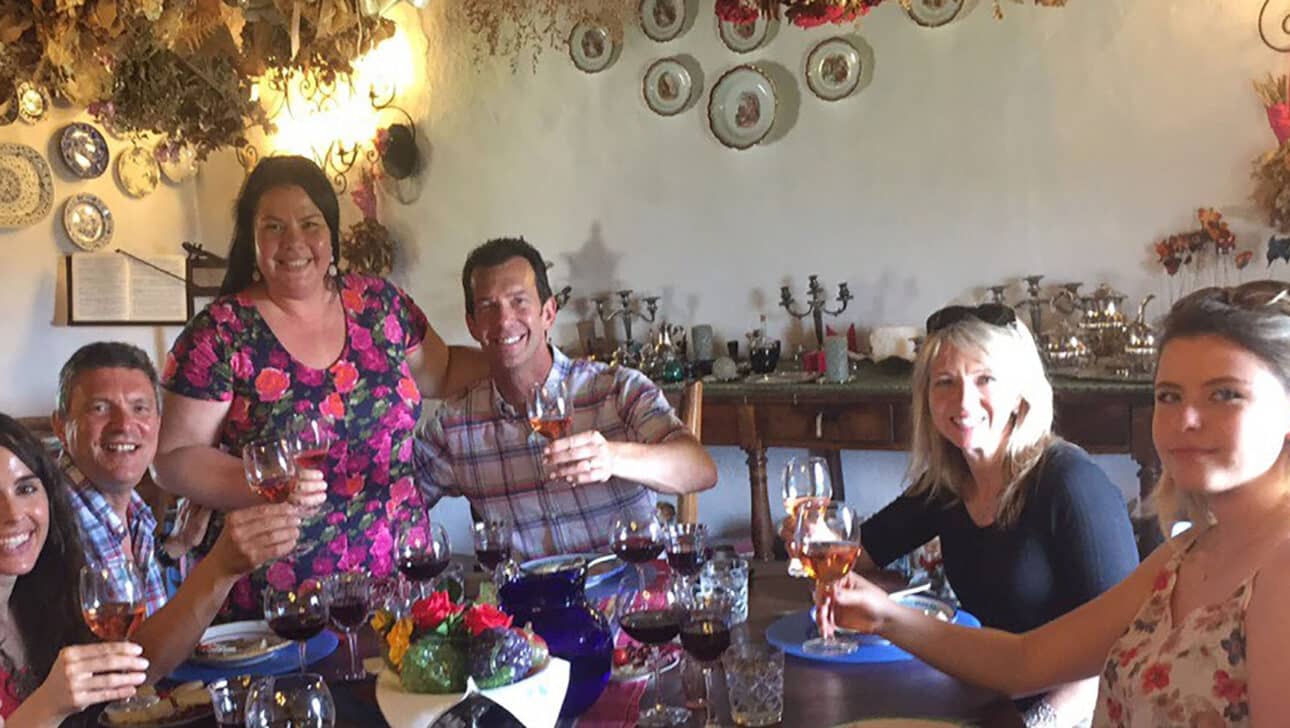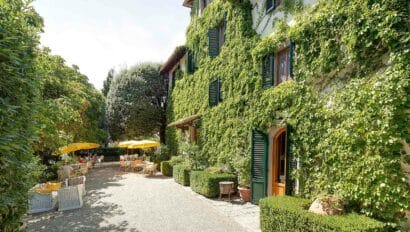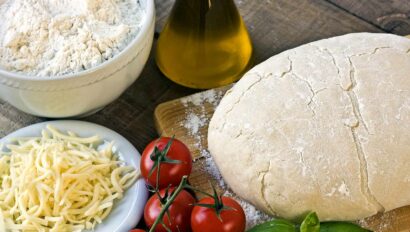When you dive into local food specialties, what’s on your plate is a tasty slice of a region’s cultural past.
Wherever I am, whenever mealtime rolls around, I have two questions: What are the local specialties? And why? I want to be fed what the natives eat, whether it’s a drippy ladle of street food or an intricate pastry fit for a king. But just as much, I crave the backstory—and there almost always is one—of how invaders or drought or an accident in the Age of Discovery led to this culinary creation. These are the breadcrumbs of history, a trail that leads to an understanding of a place and the people who call it home.
JOIN US ON A CULINARY TOUR!
PHO’S FRENCH CONNECTION
Consider Vietnam. Ask any ten people to name the country’s national dish, and at least nine of them will say, “pho.” Pronounced something like “fuh”, it’s a broth-based beef soup with rice noodles and herbs.
While synonymous with Vietnamese cuisine, it turns out that pho’s origins can be traced to French colonists from the late 19th century. They were the ones who popularized red meat in a country more accustomed to chicken, pork and seafood. And it’s widely accepted that the name of this most typical Vietnamese dish is derived from pot au feu, an utterly French soup. So, with every delicious slurp, you taste the impact of imperialism. It’s also a terrific lesson in how people absorb the foreign and make it their own.
LOBSTER: FROM LOWLY TO LUXURY
Lobster tells a different tale—a rags-to-riches story. In Nova Scotia, travelers with Classic Journeys get a lesson in cooking lobsters from a local chef. Less than 100 years ago, though, that session would have been regarded as insulting instead of insightful. For centuries, lobster was considered “trash” food; the food of lowly servants and prisoners. After all, what self-respecting person of means would work that hard for a few forkfuls of meat from an animal that could snap back? Piles of them washed up on the beaches of Canada and the American northeast. Later, canneries got into the act and quickly depleted supplies of large lobsters. Prices rose due to scarcity and, not surprisingly, the elite decided that any food that expensive had to be a delicacy. Lobster fleets grew and successive boom/bust cycles colored the history of seaside villages like Lunenburg. That’s actually a morsel of macroeconomics you’re dipping in clarified butter.
MAKING THE MOST OF WHAT’S AT HAND
Once you acquire an appetite for being a culinary historian, the stories add up fast. The need to salvage every crumb of stale bread is a theme that repeats throughout many cultures. Think gazpacho, in which dried-out bread is repurposed into a soup thickener that also stretches the quantity. In Morocco, a tagine—a slow-cooked stew made in a clay pot with a conical lid—dishes up culture and climate in a single serving. The pot was ideal for cooking whatever random ingredients were available on a nomadic campfire. And the steep-sided top captured and recycled steam, a necessary way to conserve water in an arid land.
NAPOLEON COMPLEX
Near the opposite end of the luxury spectrum, I remember my first slice of a napoleon in France like it was yesterday. Pastry cream sat in thick layers between sheets of flaky pastry called mille-feuille, which translates as “a thousand leaves.” With the slightest downward pressure of a fork, the pastry shattered and the cream oozed. There’s never been a more messily spectacular way to satisfy a sweet tooth. “Why,” I asked, “did they name it after Napoleon?” The simple answer is that they didn’t. It’s actually an early 19th century French adaptation of a pastry from Naples—a napolitain. When and how the word morphed is hard to say. Bonaparte never ate a napoleon.
SATIATING A NEED TO KNOW
Maybe I should just make a bib with “WHY?” embroidered on it in red so my tableside investigations will go faster. Why do I find un-Italian raisins and saffron in Sicilian dishes? Because the Arabs brought those tastes with them when they dominated the island in the 10th and 11th centuries. Why is the pasty the traditional dish of Cornwall? Because the crusty pockets of rutabaga and beef were sturdy enough for miners to carry, and to warm up on the back of a shovel held over a flame. And why does an Argentinian empanada look like a Cornish pasty, which itself looks a lot like an Italian calzone? Because resourceful cooks the world over happen to solve some of the same problems in the same way. As different as we are, food—in all of its incredible variety—brings us a lot closer than many people realize.
Whether on one of our Cultural Walking Adventures, Family Journeys or Culinary Tours, authentic cuisine plays a central role in how we experience a place’s culture and history.




